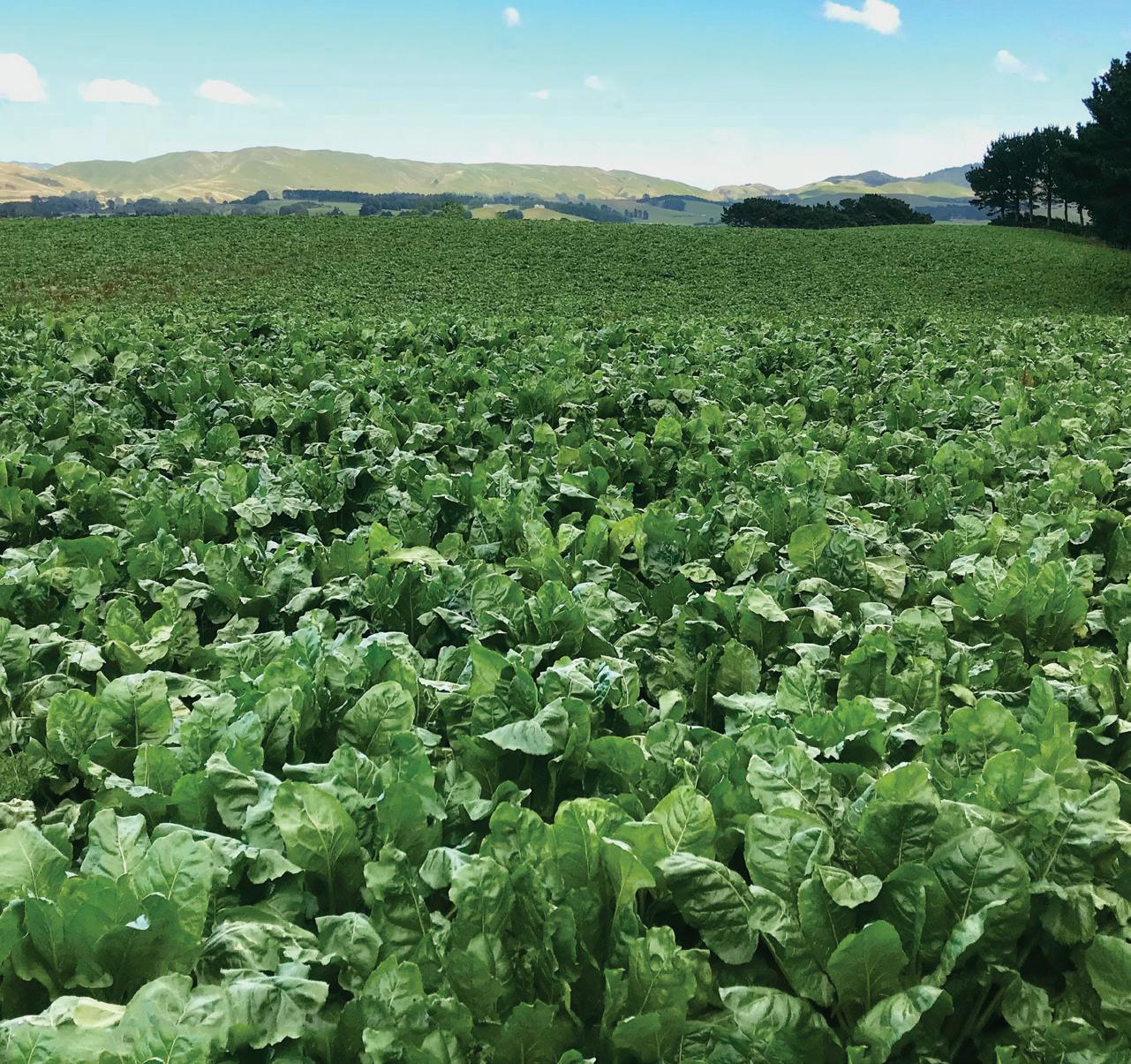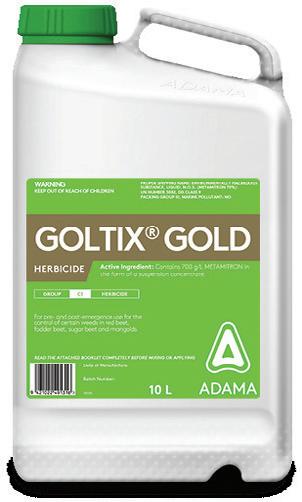
3 minute read
Nitrogen losses in nutrient budgets
How can a nutrient budget help to reduce nitrogen losses? Nutrient budgets, as produced by industry standard OverseerFM, are based on modelling of how nitrogen (N) and other nutrients move through the farm.
“Looking at how N flows into, around and off a farm provides an understanding of how efficiently it’s being used. It also highlights losses, and what mitigations would reduce these losses,” Ballance Agri-Nutrients Environmental Management Specialist Ian Power says. Nitrogen is primarily lost from land via leaching through soil into groundwater, and eventually enters streams, lakes and other waterbodies. While OverseerFM estimates N leaching losses, it does not model what happens to N lost via leaching, or how much ends up in waterways. OverseerFM takes into account farm management practices and can also model how changing these practices impacts N leaching and other losses. There are five main drivers of N leaching losses on a farm – animals, fertiliser, feed, effluent and soil drainage.
1. Animals
Animal urine is the greatest source of N loss to water from land, typically responsible for up to 70-80 percent of N losses on dairy farms, and about 30-50 percent on sheep and beef farms (depending on the sheep to cattle ratio). Reducing stocking rate, time limited grazing, feed pads, animal housing, lower protein supplementary feeds and wintering cows off farm can help to reduce losses.
2. Fertiliser
Too much N fertiliser applied in the wrong place at the wrong time can result in N leaching losses. Following good management practices, applying N fertiliser in suitable conditions, and only applying what is needed to meet feed requirements can help to reduce losses.
3. Feed
Feed with a higher protein content results in more urine N and N leaching losses. Winter grazing and strip grazing also impact on N leaching. Increasing lower protein supplementary feed consumption and reducing pasture consumption can reduce N concentrations in urine.
4. Effluent
Nitrogen can leach when too much effluent is applied relative to the size of an effluent block, is too concentrated, or is applied when pasture is not actively growing or onto saturated pastures. Increasing the effluent block area and applying effluent only from spring to early autumn to growing pasture when drainage is low and when water is in deficit can help to reduce losses.
5. Soil drainage
Soil type and soil structure impact soil drainage. Variable rate irrigation can reduce N leaching losses, and managing soil to minimise pugging by putting lighter, younger cattle on steeper slopes can reduce N runoff. “Many mitigations can help to reduce N leaching, and no single one will suit every farm and achieve the reductions required. Often significant reductions are achieved by using several mitigations,” Ian says. “A nutrient budget provides a good overview of nutrient levels and flows on farm, but if you intend on making significant changes to address issues such as N leaching, a Ballance Farm Sustainability Services Specialist can analyse the data more closely to identify factors that are contributing to N loss on your farm.”
For more information, contact your Ballance Nutrient Specialist, your Farmlands Technical Field Officer or the friendly team at your local Farmlands store.
The Gold Standard for Fodder Beet


Offering safer handling and improved control of hard-to-kill weeds, GOLTIX ® GOLD sets the

new standard for beet herbicides.
With its unique formulation, GOLTIX GOLD not only boasts a reduced hazard profile with simplified handling requirements, but also provides superior control of stubborn weeds like fathen and wireweed.











